Sebastian Duerr
What Makes a Message Persuasive? Identifying Adaptations Towards Persuasiveness in Nine Exploratory Case Studies
Apr 26, 2021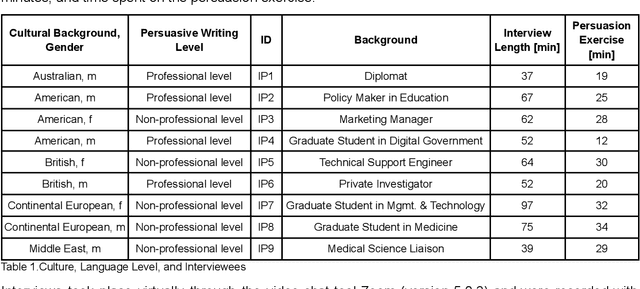
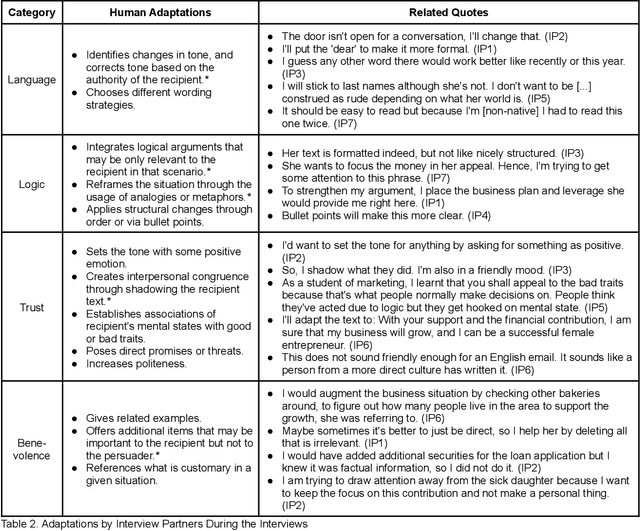
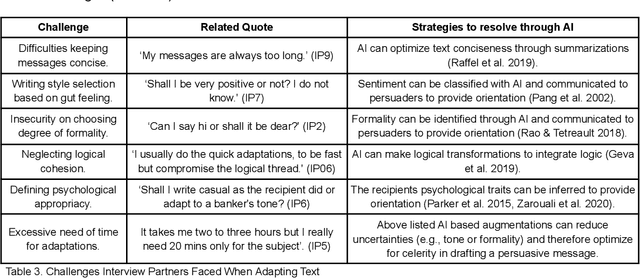
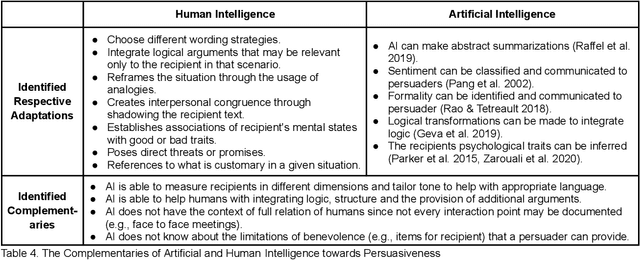
Abstract:The ability to persuade others is critical to professional and personal success. However, crafting persuasive messages is demanding and poses various challenges. We conducted nine exploratory case studies to identify adaptations that professional and non-professional writers make in written scenarios to increase their subjective persuasiveness. Furthermore, we identified challenges that those writers faced and identified strategies to resolve them with persuasive natural language generation, i.e., artificial intelligence. Our findings show that humans can achieve high degrees of persuasiveness (more so for professional-level writers), and artificial intelligence can complement them to achieve increased celerity and alignment in the process.
Persuasive Natural Language Generation -- A Literature Review
Jan 14, 2021
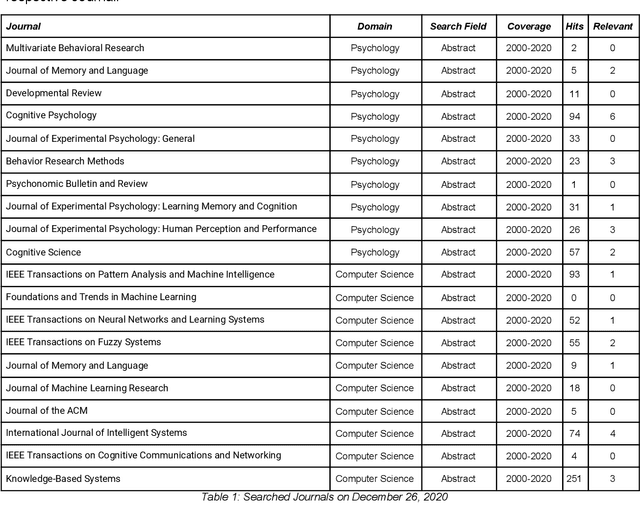
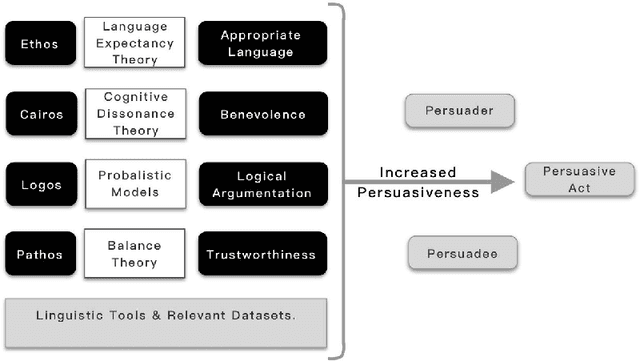
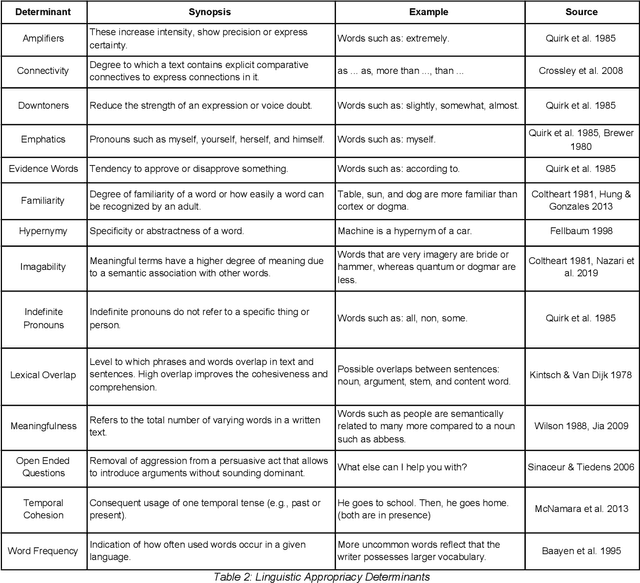
Abstract:This literature review focuses on the use of Natural Language Generation (NLG) to automatically detect and generate persuasive texts. Extending previous research on automatic identification of persuasion in text, we concentrate on generative aspects through conceptualizing determinants of persuasion in five business-focused categories: benevolence, linguistic appropriacy, logical argumentation, trustworthiness, tools and datasets. These allow NLG to increase an existing message's persuasiveness. Previous research illustrates key aspects in each of the above mentioned five categories. A research agenda to further study persuasive NLG is developed. The review includes analysis of seventy-seven articles, outlining the existing body of knowledge and showing the steady progress in this research field.
Eurythmic Dancing with Plants -- Measuring Plant Response to Human Body Movement in an Anthroposophic Environment
Dec 23, 2020Abstract:This paper describes three experiments measuring interaction of humans with garden plants. In particular, body movement of a human conducting eurythmic dances near the plants (beetroots, tomatoes, lettuce) is correlated with the action potential measured by a plant SpikerBox, a device measuring the electrical activity of plants, and the leaf movement of the plant, tracked with a camera. The first experiment shows that our measurement system captures external stimuli identically for different plants, validating the measurement system. The second experiment illustrates that the plants' response is correlated to the movements of the dancer. The third experiment indicates that plants that have been exposed for multiple weeks to eurythmic dancing might respond differently to plants which are exposed for the first time to eurythmic dancing.
 Add to Chrome
Add to Chrome Add to Firefox
Add to Firefox Add to Edge
Add to Edge